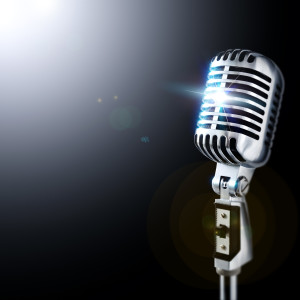 One way to announce to an audience that you’re not a professional speaker is to refuse the microphone. While there are certain small group settings where a microphone isn’t necessary, in most situations where you’re standing in front of an audience and a microphone is available you should use it.
One way to announce to an audience that you’re not a professional speaker is to refuse the microphone. While there are certain small group settings where a microphone isn’t necessary, in most situations where you’re standing in front of an audience and a microphone is available you should use it.
Microphones are not about being louder. While amplifying your voice is one benefit of a microphone, there are so many other reasons to use one. A properly tuned sound system can overcome the deficits of your space. That simply means that not every room is built for presentations. Sound bounces off of hard surfaces and is absorbed by soft surfaces. The sound in a room that is empty is dramatically different from the sound in a room full of people. A microphone and, when possible, someone balancing the sound coming out of that mic will make you sound so much better.
A microphone also allows you to be more intimate with your audience. That may seem counter-intuitive, but with a microphone you can speak softly with tender emotion and still be heard at the back of the room. Without a microphone it’s harder to project and express quieter, more tender moments in a presentation. At this point I’ll share again my personal preference for a hand held mic. I prefer these because I have complete control over where it is in relation to my mouth. With a lapel mic or a headset mic there’s less direct control.
Speaking of the relationship between your mouth and the mic, look for a post later on techniques for using a microphone. For now it’s enough that you know to use a mic when one is available.
Leave a Reply